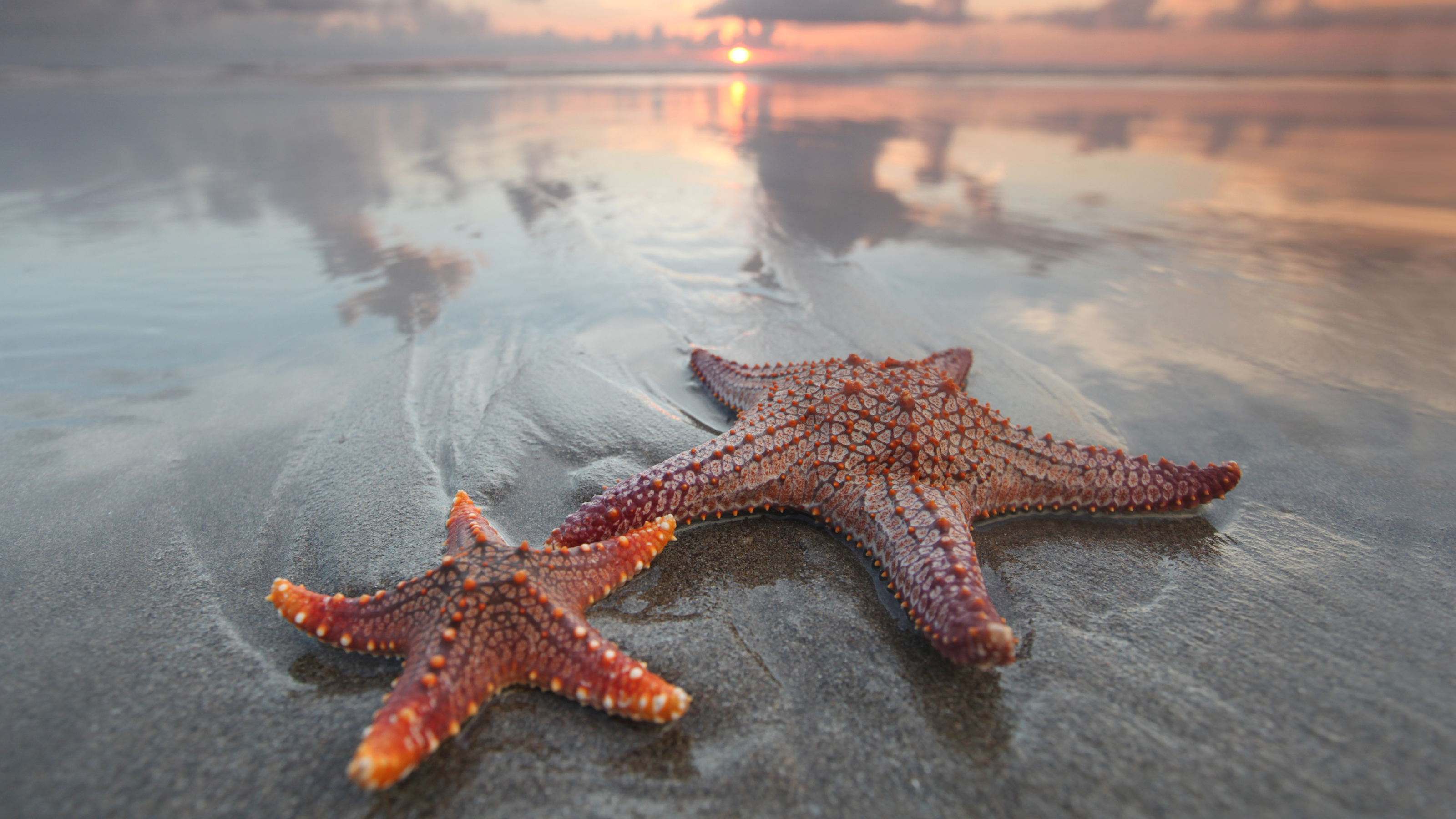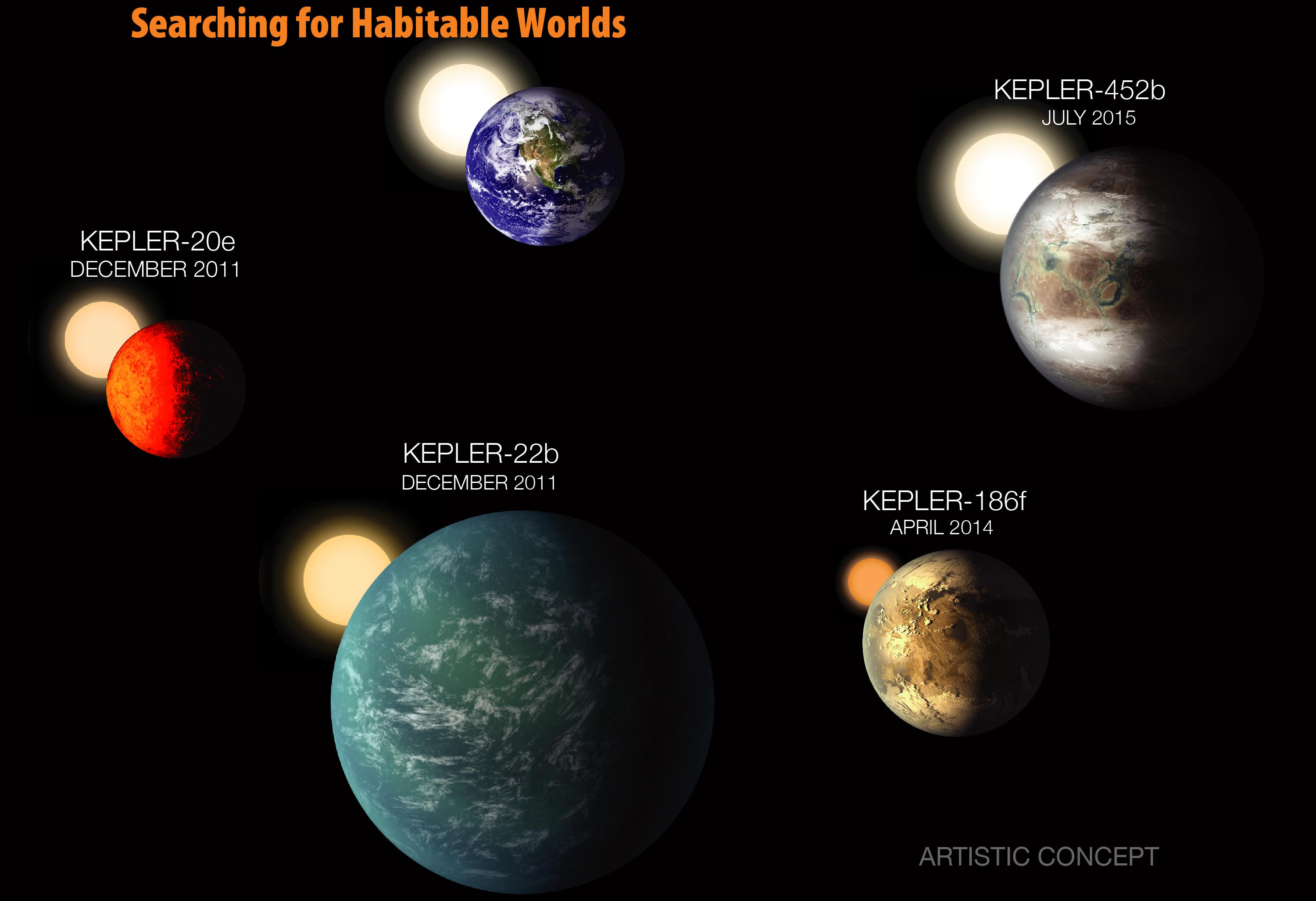Is K2-18b an inhabited ocean world? Don’t bet on it
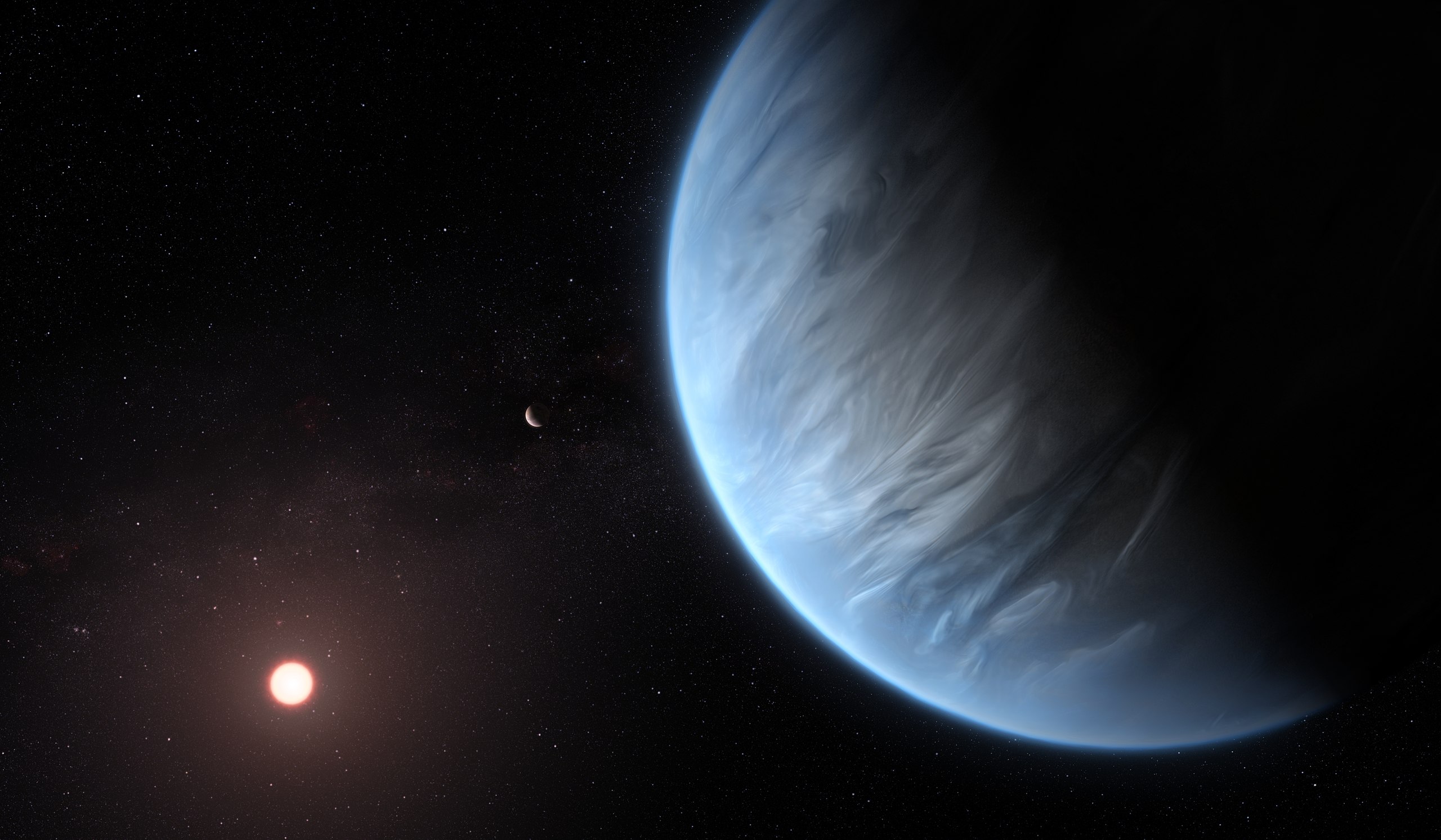
- Recently, an exoplanet that’s similar to a mini-Neptune had its spectrum taken, revealing the presence of gases like methane, carbon dioxide, hydrogen, and maybe dimethyl sulfide.
- However, the claims that have ensued from that data, including that it’s a water-rich, Hycean world with life in its atmosphere, are absolutely absurd, and unsupported by the data.
- Although we should absolutely keep looking for life in unusual places, it’s vitally important that we not fool ourselves by jumping to unsubstantiated conclusions. Unfortunately, almost everyone is still getting it wrong.
I’m sorry, everyone, but we need to talk about Hycean worlds and dimethyl sulfide. If you’ve been following the news, you might have heard that there’s a planet out there that is:
- 120 light-years from Earth (this part is true),
- that’s in what astronomers call the “habitable zone” of its star (which is technically, but not practically, true),
- that’s larger and more massive than Earth (which many still, erroneously, call a super-Earth),
- that’s covered in a liquid water ocean (which is not a claim that’s supported by the data),
- and that contains dimethyl sulfide in its atmosphere (which may or may not be true), a compound that is only made by biological processes here on Earth.
This planet, K2-18b, was indeed observed by the JWST, and did have a fantastic spectrum taken of its atmosphere, revealing many fascinating details about it.
However, there is no evidence that K2-18b is a Hycean world at all; no water was detected. There’s only dubious evidence for dimethyl sulfide, and even if it does exist in the atmosphere, assigning a biological cause to it is an incredibly dubious proposition. Yet if you’ve read headlines from around the internet, it isn’t just the usual suspects like the New York Post or the Daily Mail with outrageous, alien life-driven headlines, but normally reliable places like National Geographic, the BBC, and right here on Big Think.
But I’m betting that you don’t want hype and exaggeration; you want the scientific truth. Let’s take a look at what’s really going on with exoplanet K2-18b.
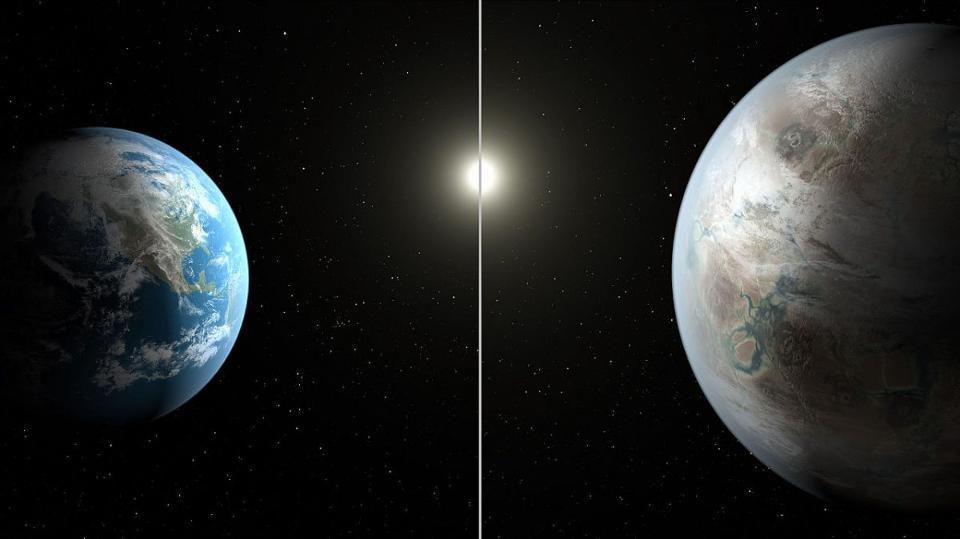
Not like Earth at all
We’re well aware that when it comes to planets that are about the physical size of Earth, there are numerous possibilities for what that world could be like.
- It could be just like Earth: with a thin atmosphere, liquid water on its surface, but also continents and land masses alongside them.
- It could be like Earth, but wetter: with a thin atmosphere and a surface that’s fully covered in water, with no continents or land masses except beneath the watery depths.
- It could be dry and/or hot: with a thin atmosphere (or even no atmosphere), practically no water at all, and a surface that’s solid and rocky, like Mars or Mercury.
- It could be frozen and cold: where beneath whatever atmosphere it has (if any), there’s an icy, water-containing surface, with potentially a liquid, subsurface watery ocean beneath it.
- Or it could have developed its own thickened atmosphere, potentially with clouds, due to volcanic gases and other chemically produced compounds. Much like Venus, these worlds are unlikely to have surface temperatures conducive to watery oceans.
You might ask, then, when it comes to exoplanet K2-18b, which is at about the same relative distance from its parent star as Earth is from the Sun in terms of temperature, which one of these possibilities best describes it?
The answer, surprisingly, is none of them. None of these possibilities describe K2-18b, because it’s massive, puffy, and more Neptune-like than Earth-like.

Think about these facts for a moment.
K2-18b is about 2.6 times the radius of Earth and 8.6 times the mass of Earth. This means its density is less than half of Earth’s density, implying that it has a large envelope of volatile gases surrounding it.
The maximum mass/size a planet can have and still have a rocky surface beneath a relatively thin atmosphere is about twice the mass of Earth and about 1.3 times the radius of Earth; K2-18b exceeds both of those values by a large amount.
And for large, massive planets that are more like Neptune/Uranus than Earth/Mars/Venus, their stronger gravitational pull makes it easy for them to hold onto the lightest gases of all: hydrogen and helium, whereas for a small, low-mass planet like our own, our gravity is insufficient to prevent solar radiation from boiling those atoms/molecules away.
A recent study has shown that any planet that’s more than about 1.75 times the radius of Earth must be Neptune-like, not Earth-like, and that same study showed that if a hydrogen/helium atmosphere reaches even half-a-percent of the planet’s overall mass, the surface pressure will be tens of thousands of times as great as it is on Earth’s surface, while the temperature will reach into the thousands of degrees. K2-18b, therefore, cannot be an ocean-covered, Earth-analogue world.

What did our telescopes actually find in K2-18b’s atmosphere?
Believe it or not, this new JWST data isn’t the first time we’ve looked at this exoplanet’s atmosphere, and also isn’t the first time we dubiously claimed to find something interesting for the possibility of life.
Back in 2019, the Hubble Space Telescope took spectroscopic observations of K2-18b, an observation partly motivated by the fact that at its distance from its parent star, this exoplanet receives about the same amount of power-per-square-meter from its star as Earth does. Those observations claimed to detect:
- a thick hydrogen-rich atmosphere,
- with detected clouds,
- and also with a possible detection of water vapor.
The hydrogen is definite; it tells us this is not an Earth-like or super-Earth world, but a Neptune-like planet with a thick gas envelope around it. The clouds are a possible interpretation of the data, but the evidence is not a slam dunk. Even if there are clouds, they’re not necessarily made of water; almost any gas that can condense can make clouds. And the reason the water vapor was only tagged as a “possible detection” is because the Hubble Space Telescope can only see a little bit into the infrared, and where it took its spectrum of K2-18b, the potential signatures of water vapor and methane (a very different gas) could not be distinguished.
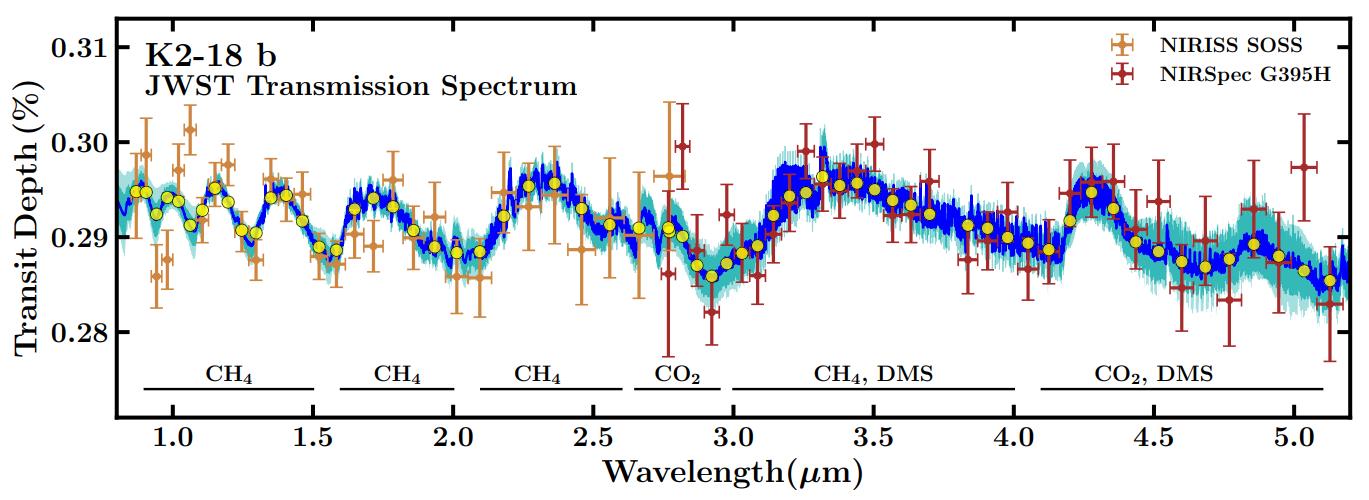
But JWST, with its spectroscopic capabilities, was capable of going much farther into the infrared. As K2-18b passes in front of its parent star relative to our line-of-sight, some of that starlight gets “filtered” through the planet’s atmosphere, allowing us to measure its transmission spectrum and see what molecules are leaving their “fingerprint” behind. When it viewed K2-18b during such a transit event, taking its spectrum with both the NIRISS and the NIRSpec instruments, it measured the spectrum over a range spanning from 0.8 to 5.0 microns, which is much larger than Hubble’s range of 1.1-1.7 microns.
The results, shown above, definitively show that what was tagged as a “possible water signature” by Hubble was in fact methane, and that it’s methane and carbon dioxide that are most likely present in the atmosphere of this world.
You’ll also note, if you look at the above image, there’s another set of letters indicating a molecule: DMS. This represents dimethyl sulfide, and although the authors claim a detection of this molecule, it’s only a small “wiggle” feature in the spectrum that would indicate its presence. Owing to the large error bars/uncertainties on even this incredible JWST data, we cannot unambiguously claim the presence of this gas.
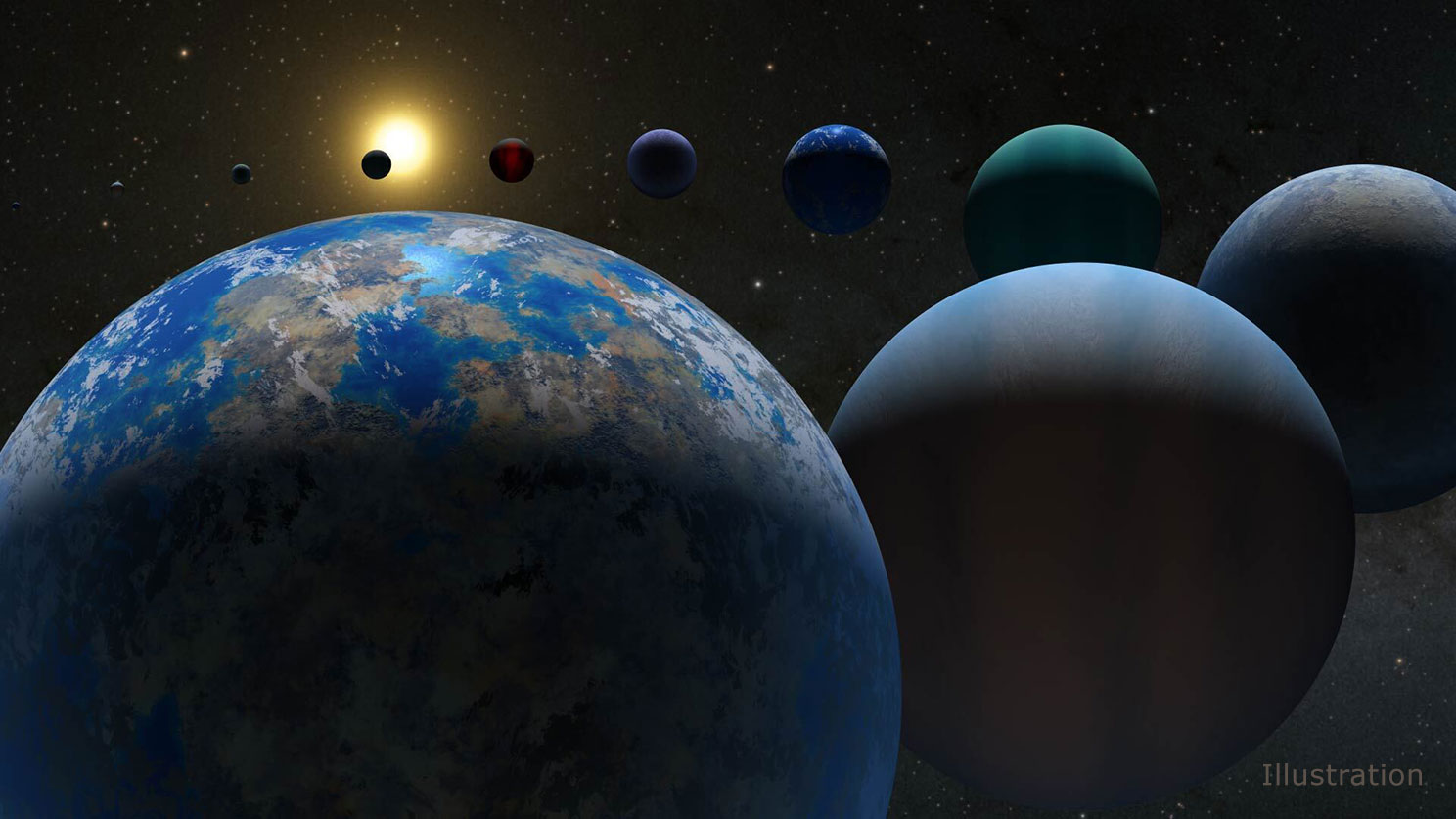
Hycean world?
While a water-covered Earth-sized world would be an incredibly interesting place to look for life, and in particular to look for the biosignatures associated with the processes that occur in ocean waters, it’s an enormous stretch to apply those same criteria to a gas giant world like K2-18b.
Why?
Because there was no water detected on K2-18b.
That’s right, I’ll say it again: these new results from JWST reverse the earlier claim, from Hubble data, that suspected there was water/water vapor present in the atmosphere of K2-18b. We now know that signature was actually the imprint of methane, which was mistaken for water in the earlier study.
That doesn’t mean that there’s no water on K2-18b, but it does mean that where we could have possibly detected water using our current technologies — in the upper atmosphere of this gas giant planet — we now know that there is no water there. There could perhaps still be water in a lower layer of the atmosphere, or deep down below the volatile gases closer to the actual surface (however far down it may be), but this is definitively not a Hycean, ocean-covered world as many have claimed.

But on the other hand, maybe it really is a Hycean world, just not an Earth-like one.
Let’s imagine that the hydrogen in the atmosphere of this exoplanet is actually a very thin layer, and that beneath it there’s an enormous amount of water. In fact, let’s imagine that there’s more water on this world than there is on any world in the Solar System, including Jupiter’s and Saturn’s water-rich moons. If you do that, a 2020 study showed that a very water-rich interior beneath a thin hydrogen atmosphere can lead to the production of carbon dioxide and methane in the upper atmosphere. Those predictions, it turns out, are consistent with what JWST saw.
In other words, it’s not entirely implausible that maybe, just maybe, this is a mini-Neptune version of a water-rich Hycean world, and maybe there really is some sort of extremely exotic form of life that exists on a world like this. After all, the JWST spectrum shows a (weak) indication of dimethyl sulfide, which we know here on Earth is produced biologically. Could that truly be what’s happening here?
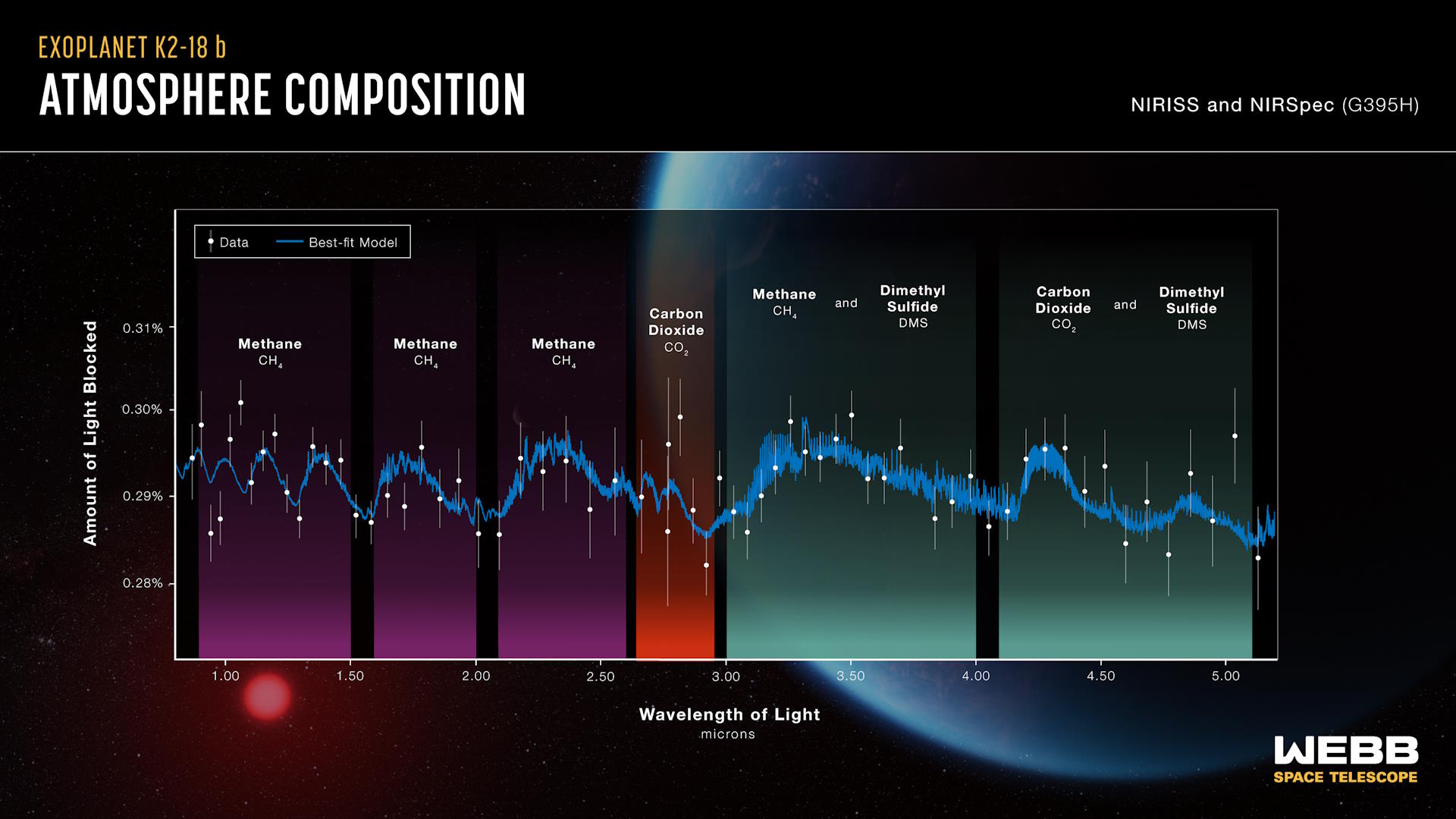
About that dimethyl sulfide
Here on Earth, dimethyl sulfide is produced by living organisms. It’s what we call a “terrestrial biosignature,” meaning that when we see it here, on our planet, it’s indicative that some form of life is producing it. Most of Earth’s dimethyl sulfide is produced by phytoplankton and bacteria, and it represents the dominant form of organic sulfur found in Earth’s oceans. It’s reasonable, therefore, to think that if we find a signature of the same molecule, this dimethyl sulfide, on another planet, then perhaps that planet is a good candidate for life.
But did we find dimethyl sulfide on exoplanet K2-18b?
The evidence is, sadly, lacking. When we want to claim a “detection” in astronomy, there are certain confidence thresholds we need to consider. We measure these in terms of statistical significance, where, assuming that the only errors are statistical:
- a 1-sigma signal will turn out to be a fluke 32% of the time,
- a 2-sigma signal is a fluke 5% of the time,
- a 3-sigma signal is a fluke 0.3% of the time,
- a 4-sigma signal is a fluke 0.01% of the time,
- and a 5-sigma signal is a fluke only 0.00006% of the time.
5-sigma is what we consider the “gold standard” for discovery in astrophysics and particle physics, as many signals of 3-sigma or less often turn out to “regress to the mean” with increased/improved data, and turn out not to be bona fide detections after all.
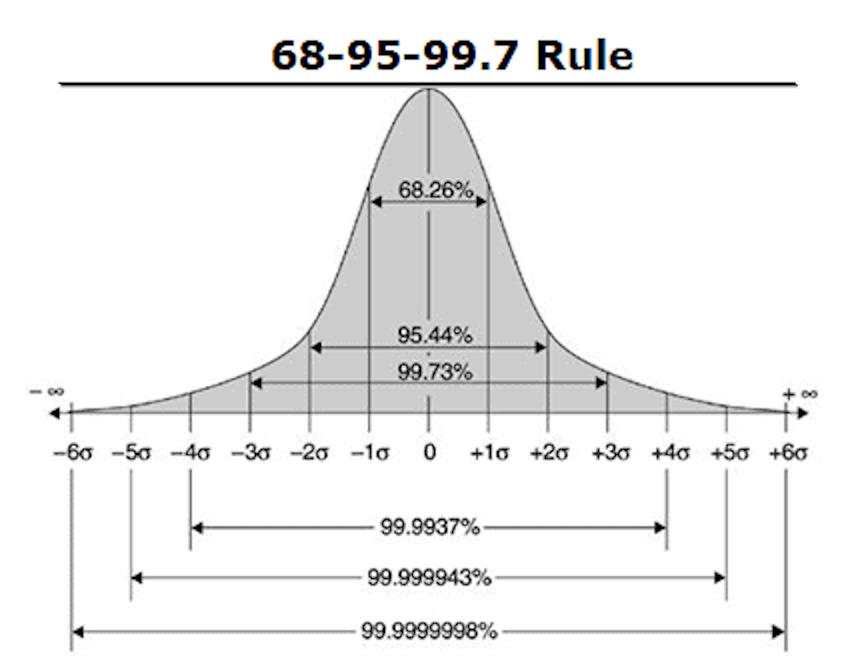
And this is where we run into big, big problems with the interpretation of the JWST spectra.
- Did we detect methane? Absolutely; that signature actually crosses the 5-sigma threshold, and we can be extremely confident that it is indeed present in the atmosphere of K2-18b.
- Did we detect carbon dioxide? Probably; we have crossed the 3-sigma threshold there, which leads us to believe that, probably more likely than not, there really is carbon dioxide in K2-18b’s atmosphere.
- And did we detect dimethyl sulfide? It’s far too early to say. The detection significance is only at about 1-sigma, which means we can’t rule it out, but also that the evidence supporting its existence is extremely flimsy.
If you were only 1-sigma confident in your ability to cross the street without getting run over, you would absolutely not choose to cross that street. Similarly, if you’re only 1-sigma confident in your scientific result, you should demand that you obtain more and superior data before you claim a detection. It’s also worth noting — and this very much matters to anyone familiar with the field — that all of the claims of dimethyl sulfide and K2-18b as a Hycean world can all be traced back to a single person: Cambridge scientist Nikku Madhusudhan. The NASA release, the Cambridge release, and his past and current work represent the full suite of all primary sources discussing the scenario of a thin hydrogen atmosphere with a water-rich surface beneath it, where dimethyl sulfide is produced on K2-18b, in all of the scientific literature.
It doesn’t mean that the claim is wrong, but it does mean that this claim is being pushed by one and only one person/group, in a situation where independent confirmation is absolutely required.
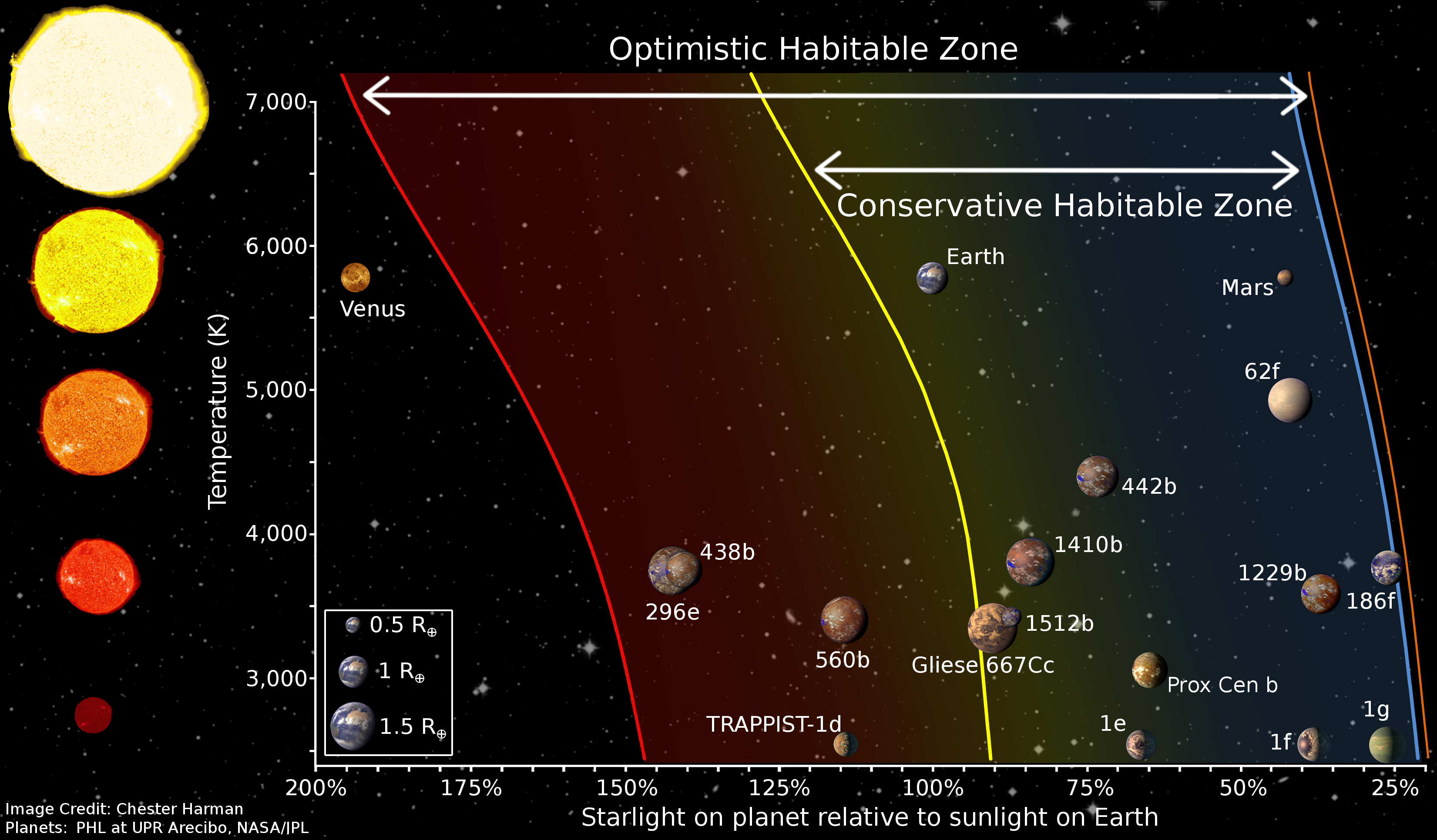
Recap of the evidence: where it ends and where speculation begins
So, where are we as respects exoplanet K2-18b? We know that it has methane in its atmosphere. We strongly suspect it has carbon dioxide in its atmosphere. We see suggestive but not convincing evidence of dimethyl sulfide, and we also note that if JWST has indeed detected dimethyl sulfide and if it’s of biological origin, there must be an enormous amount of phytoplankton/bacteria-like creatures producing it on this world: far greater than any sort of production that occurs in Earth’s oceans. However, we also see no evidence that K2-18b has water; we see no evidence for water there at all. And, most importantly, there is no detection of any biosignature on this world.
It still might be, of course. Maybe the model of K2-18b with a thin hydrogen atmosphere, a thick water ocean beneath it, and rampant biological activity producing dimethyl sulfide will turn out to be correct. But at this point, that’s a series of speculations all built atop one another, as the data is also very consistent with none of those things being true.
It’s a huge problem that, in the search for extraterrestrial life, so many of us — astronomy and astrobiology professionals included, not just journalists — are quick to jump to conclusions without sufficiently strong evidence. Answering the question of “are we alone” in the Universe is finally within our scientific reach. We must be careful, above all else, to ensure that we’re getting it right.
The author acknowledges Dr. Elizabeth Tasker for her excellent work explaining the science of this result in particular, and of exoplanet K2-18b in general.
